(ECNS) -- China's total imports and exports of goods in November grew by 0.3 percentage points from the previous month to 1.2 percent year-on-year, according to data released Thursday by the General Administration of Customs.
China's foreign trade has shown significant improvement. September set a new monthly record with a total import and export value of 3.74 trillion yuan (about $520 billion), while October saw a year-on-year increase of 0.9 percent, reversing the previous negative trend.
The country's foreign trade stayed unchanged in the first 11 months compared to one year earlier, at 37.96 trillion yuan, meeting the target of foreign trade expectations for the year.
Zhang Xiaotao, dean of the School of International Trade and Economics at the Central University of Finance and Economics, credited the improvements to factors such as global economic recovery, the gradual fading of pandemic-related impacts, the visible effects of stability-oriented foreign trade policies, market adaptation to uncertainties, and accelerated institutional opening.

Zhang Jianping, deputy director of the academic committee of the Beijing-based Chinese Academy of International Trade and Economic Cooperation at the Ministry of Commerce, attributed the improvements of foreign trade to China's enhanced competitiveness, the economic recovery in developed economies, rising overseas demand, and the continued benefits of the Regional Comprehensive Economic Partnership.
Gao Shiwang, spokesperson for the China Chamber of Commerce for Import and Export of Machinery and Electronic Products, cited the electromechanical products sector as an example.
Gao said that Chinese electromechanical products possess comprehensive industrial advantages in various sectors such as consumer goods, investment goods, and intermediate goods.
With the improving global goods trade, the revival of demand for consumer goods in developed markets, and the attraction of physical manufacturing in emerging markets, demand for Chinese manufacturing is gradually stabilizing, he said.
The outlook for foreign demand in related export areas is noticeably improving, he added.
However, analysts caution that uncertainties persist, and China's foreign trade still faces challenges in the future.
The latest OECD forecast suggested a global economic slowdown to 2.7 percent in 2024, potentially marking the lowest growth rate since 2020.
Risks include a potential recession in the U.S. and ongoing economic pressures in Europe, impacting global market demand in 2024.
Challenges such as the "decoupling," "de-risking" and outsourcing initiatives in the U.S. pose additional hurdles for China's foreign trade, Zhang Jianping said.
Zhang Xiaotao warned that unexpected events may bring new uncertainties to global economic growth and regional conflicts, while the risk of trade friction remains.








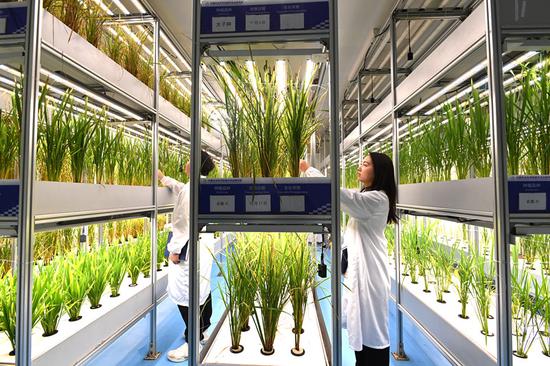












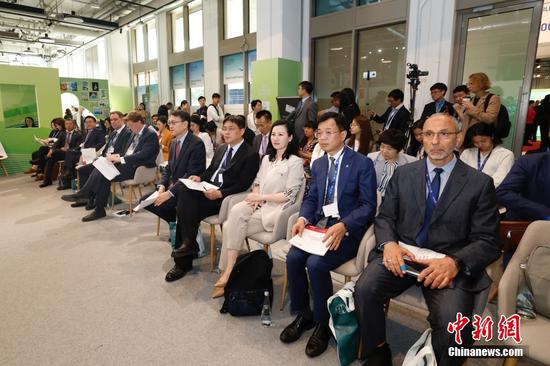


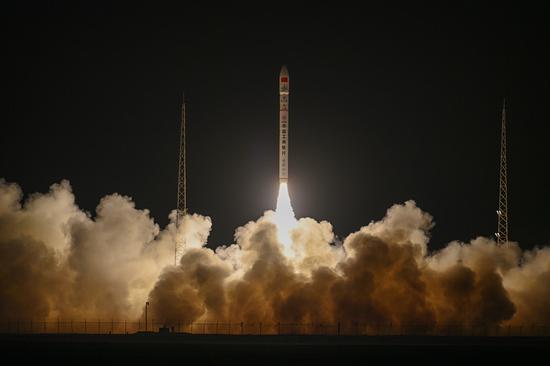




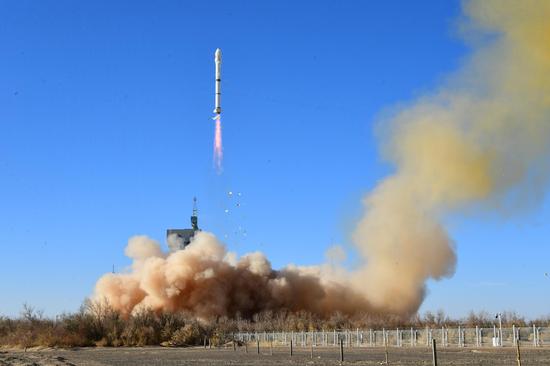


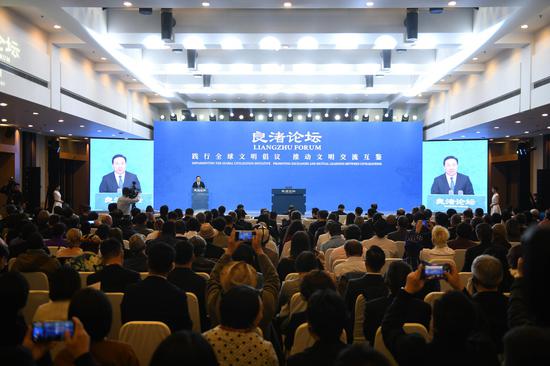

















 京公网安备 11010202009201号
京公网安备 11010202009201号